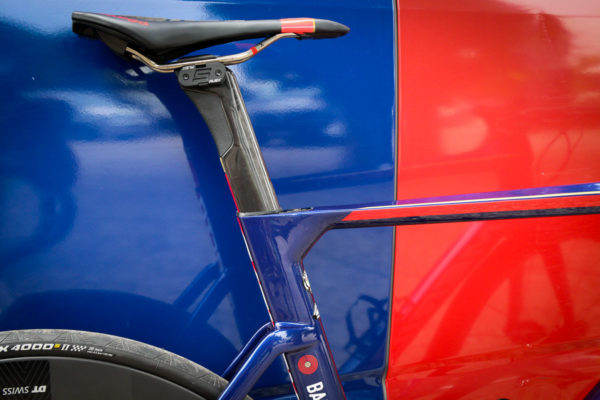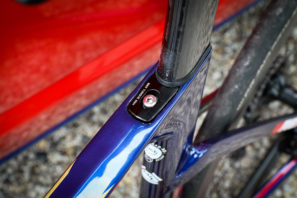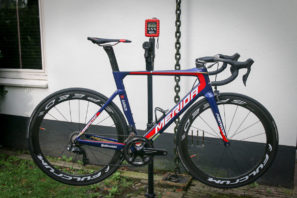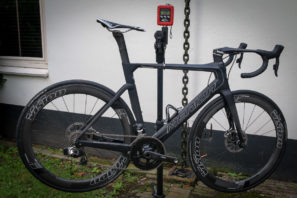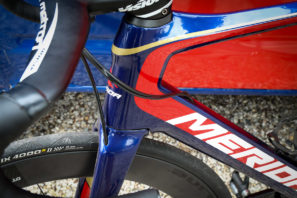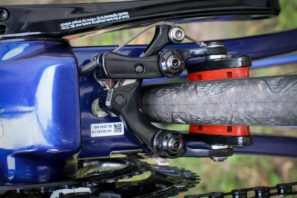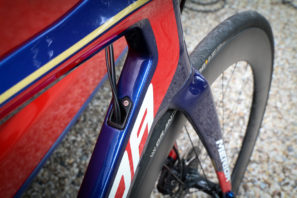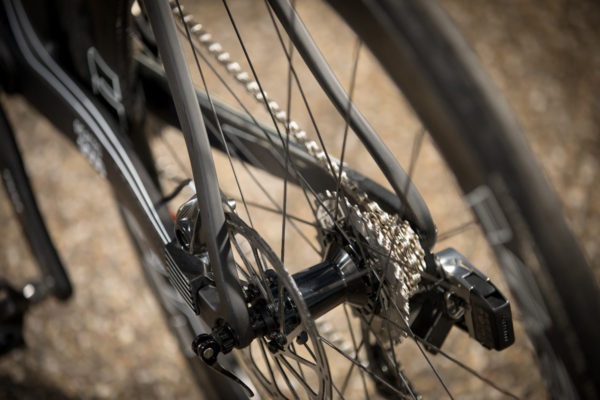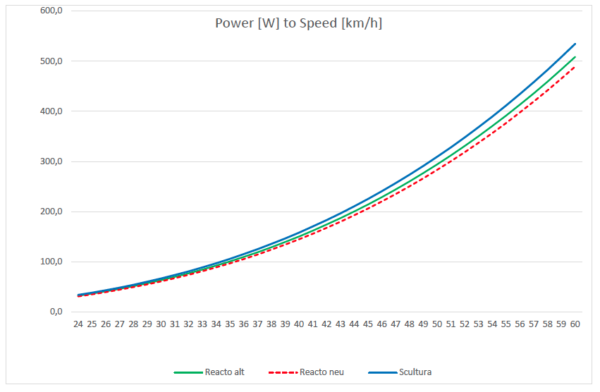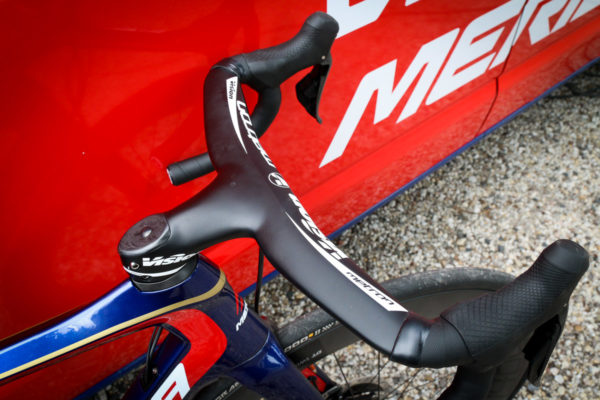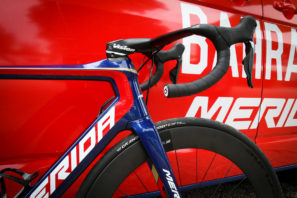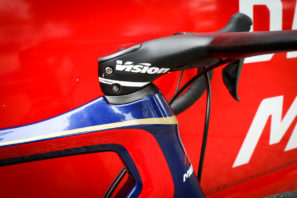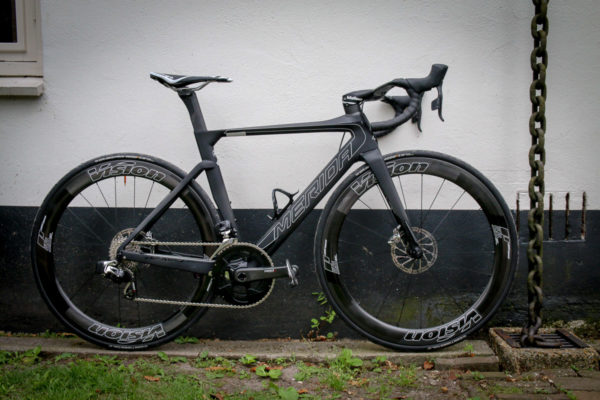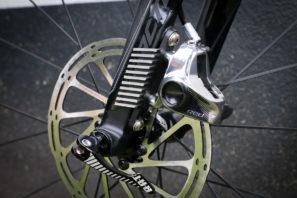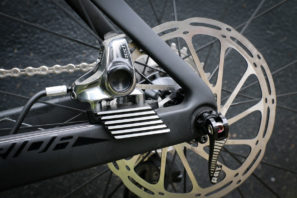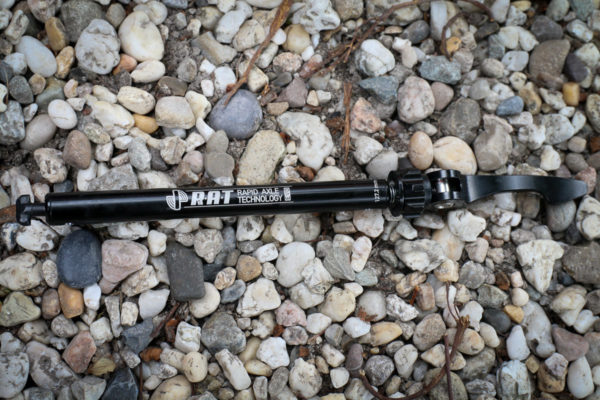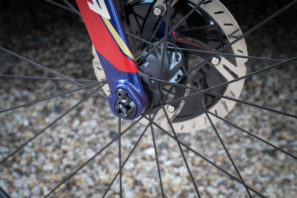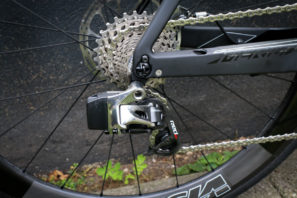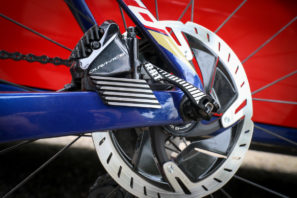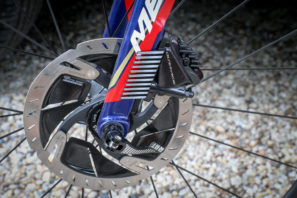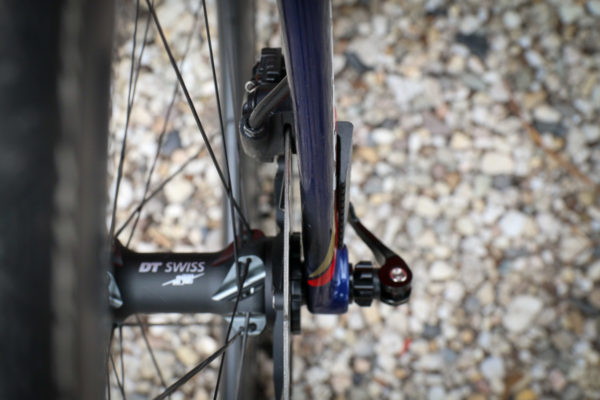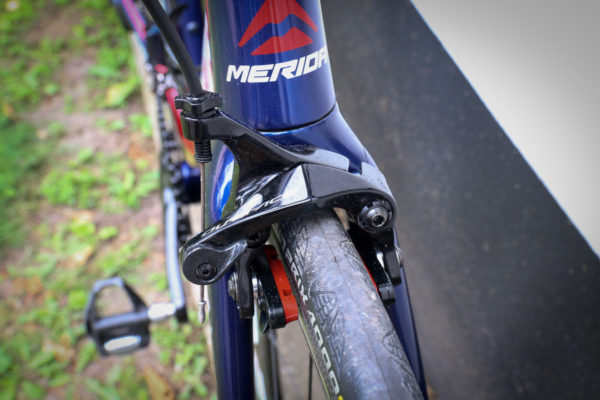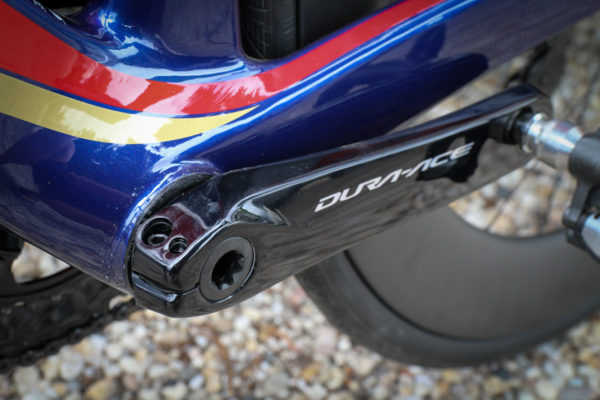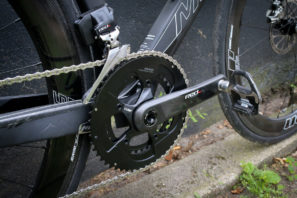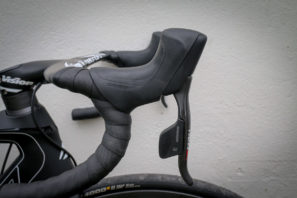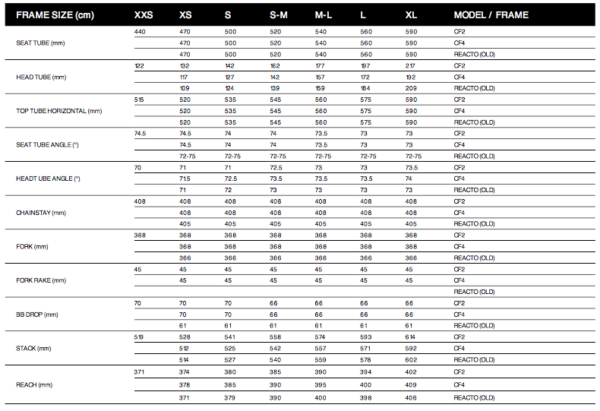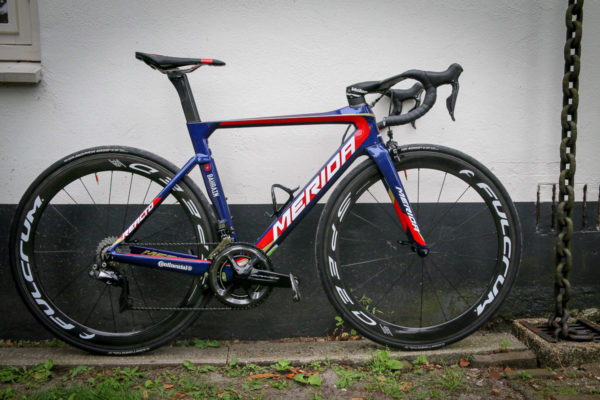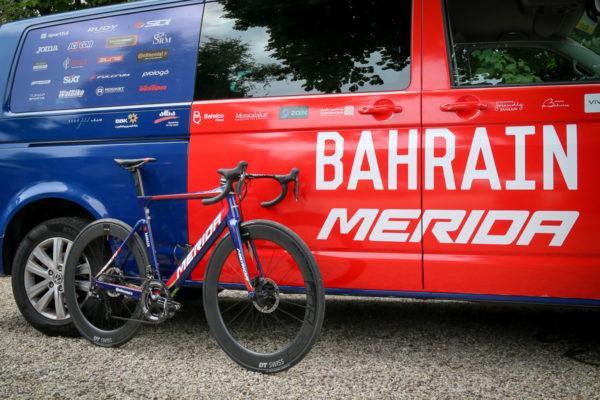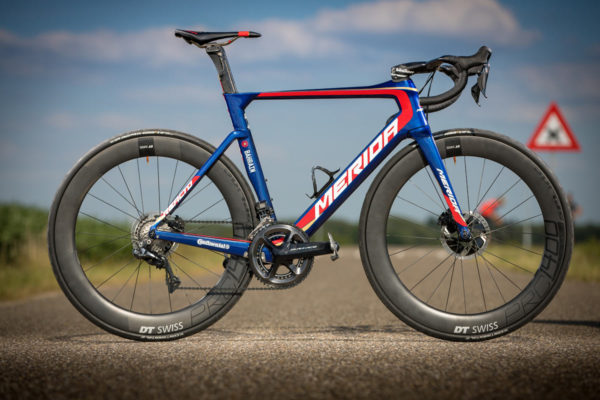
If you could make your bike faster without sacrificing anything, would you do it? Right now most of us are probably thinking, ‘duh, of course.’ Free speed without a catch? Why the hell not?
After spending some time with the minds behind Merida’s latest bike, that seems to be the general idea for the new Reacto III. After going back to the drawing board, their third generation aero road bike was developed for this exact reason – to make their riders faster without huge compromises in comfort, handling, or serviceability.
At this point, almost every manufacturer has some sort of “aero” road bike, which tend to be completely different models than their all-around road machines. And while the aero bikes may prove to be seconds or even minutes faster at the end of the day, many riders still reach for the standard road bike. With the new Reacto, Merida hopes to change that…
“Aerodynamics are only a part of the total package”
When aerodynamically focused road bikes first started popping up, we heard a lot of claims about their ability to cheat the wind, but not much else. Building a carbon bike out of large aero profiles tends to make for a pretty stiff bike, which would often result in a bike that wasn’t as comfortable comparatively to other road bikes.
Make no mistake, the new Reacto is more aerodynamic than ever, but Merida put just as much emphasis on the ride quality as they did tube profiles and drag numbers. The evolution of a concept that started with the second generation, the Reacto III CF4 includes new version of their S-Flex seat post that is most comfortable (and fastest) yet.
Starting with a slimmer profile overall, the “S-Flex window” below the seatpost head is longer to induce more compliance that can be felt at the saddle. In the window itself, carbon fiber has been removed and replaced with an elastomer insert that aids in comfort but also fills the void for improved aerodynamics. The result is a claimed 24% improvement in lateral comfort compared to the previous S-Flex design.
Just as important, the seat post is very simple to adjust with two side mounted allen screws and it’s also removable to make traveling with the bike easier. Available in two different offsets (15 and 25mm). The seat post is adjusted with a wedge system on the top tube, and the post includes a rubber gasket to seal the seat tube/post junction and storage for an internal battery.
If comfort isn’t the reason for a rider to turn down an aero road bike, weight is often another critical metric. Bigger tubes usually weigh more, and once you add up all the other aero components, the bikes end up heavier overall. The Reacto still won’t be quite as light as Merida’s Scultura, but it’s getting closer. Thanks to a mix of high modulus carbon fiber (30T, 40T, and 10% 60T), smaller tubing cross sections, and a lot of development time, the CF4 frame comes in at a claimed 1010g with a 368g fork. When combined with the seatpost, seat post clamp, and headset, the entire frameset is 335g lighter than the Reacto II for an 18% improvement. In the real world, that works out to a 15.43lb (6.99kg) complete Reacto Team E in a M/L frame without pedals (and one Merida carbon bottle cage). Not quite to the UCI minimum weight requirement, but it could easily get there with some tuning. Comparatively, the Reacto Team E Disc, also in a M/L measured 17.11 lbs (7.76kg) – though I had to weigh it with a pair of Time Carbon Xpresso pedals and the additional computer mount as well as the same bottle cage since we were just getting ready to leave for a ride and I didn’t want to mess with someone’s set up. If you figure 200g for the pedals (95g each, claimed), and maybe 5-10g for the computer mount, it’s close to a half kg difference or just over a pound for the disc version. The SRAM E-Tap 9000-E Disc complete in a M/L frame weighed less at 16.91lb (7.67kg), but it didn’t have pedals or the computer mount.
In spite of new frame shapes and a revised carbon layup, the Reacto III is not any stiffer. Maintaining the same stiffness was actually one of the design goals from the beginning – the new bike needed to be more comfortable, lighter, and more aero, but frame stiffness was already where it needed to be.

Now with a lighter, more comfortable aero bike, Merida also wanted to make it faster. As a complete redesign, Merida had the ability to take advantage of recent changes in the UCI 3:1 aero rules to improve overall aerodynamics by 5%. To get there, the new frame employs aggressively curves seat stays which tuck in close the wheel, a slimmer head tube with a 1 1/8” to 1 ¼” tapered steerer, and a hidden rear brake along with aerodynamic touches that were used on the second gen Reacto like NACA Fastback tubing profiles, dropped seat stays, and frame and fork integration. Merida says that they investigated moving or hiding the front brake, but found that the aero advantage was less than 1.5 watts, so they determined that having a better functioning brake that is easier to service would be preferred. You’ll also notice that while the Reacto employs internal cable routing, it’s done in a way to prevent mechanics from having to spend two hours just to cable the bars to the frame.

Starting with a full battery of CFD analysis after hashing out the initial design to make big improvements and changes in design direction, Merida moved into the wind tunnel where they sought to test out the real world performance vs. that of CFD. Continuing the improvement process, frames were tweaked with modeling compound, and various components were tested along with a dummy that actively pedaled the bike to get the most accurate results. The final result is a bike that is 5% more aerodynamic than the Reacto II, and 8.5% more aerodynamic than the Scultura. That may not sound like that much, but Merida contends that 75% of a rider’s output is just lost to wind resistance, and of that 75%, 25% comes down the bike alone.
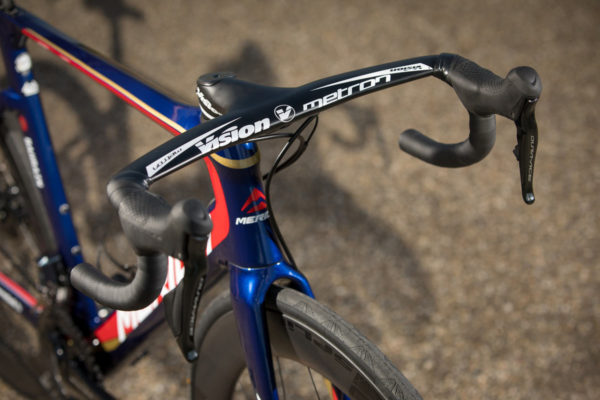
According to Merida, one of the critical component choices for maximum aerodynamics comes down to the bar and stem. Supposedly a 20 watt savings by itself, the Reacto CF4 completes are all fitted with a one piece FSA cockpit. While the frame and head tube have been designed specifically around the Metron 5D cockpit, Merida will have spacers available to use with regular stems. Further aerodynamic improvement has been mad with the Metron 6D cockpit that the Bahrain Merida team will be using, though it won’t be available as a standard part until next year, and Merida will have a one year exclusive on it.
If all of the new development for the Reacto III isn’t enough to get you to at least consider it, there’s also the option now for rim or disc brakes. Yes, there’s been a somewhat predictable back and forth between disc supports and dare I say purists, but Merida is fully behind the idea of improved stopping. They take it one step further stating that the disc version of the Reacto showed no significant loss in aerodynamics in the wind tunnel. That doesn’t mean that they are exactly the same, but Merida claims the difference is less than 1 watt and is so negligible that it makes it a non-issue when it comes down to choosing one or the other.
The addition of disc brakes does have a pretty major impact on the frame and fork though as the Reacto CF4 Discs use a 12 x 100mm RAT (Rapid Axle Technology) thru axle front and 12 x 142mm rear instead of the standard quick releases on the Reacto Rim models (or standard thru axles for CF2). Using the same design as the thru axles found on Focus bikes (and licensed from them), the axles are removed with the flip of the lever and a quarter turn to unlock the pin on the drive side and slide the axle from the frame.
Disc brake bikes also feature the Merida Disc Coolers front and rear which were used only on the rear of the Scultura Disc. Said to cut brake cooling time in half and run a whopping 70ºC cooler overall, the Coolers include Flat Mounts for 160mm rotors.
Even if you’re not ready to jump on the disc train just yet, you’re still getting better braking even if you stick with the Reacto Rim. Making the move to direct mount brakes front and rear, the brakes offer improved performance and as we’ve heard from other companies, slightly better aerodynamics.
Elsewhere, the frame is fairly typical of a high end road bike with a BB386 bottom bracket, internal cable routing with electronic drivetrain integration, and two standard bottle cage mounts.
Offered in the same size range as the Scultura series, Merida stressed the importance of the two bikes (Scultura and Reacto CF4) having similar geometries so that team riders could switch back and forth without having to adapt to a new fit. The CF2 series has a completely different geometry meant for more recreational riders with a higher head tube and shorter reach.
Available in three different builds for the CF4 frame, each with a rim or disc brake version, the Reacto 8000-E, 9000-E, and Team E sit at the top of the Merida aero echelon, but they’re not the only options. Riders looking for every aerodynamic advantage they can get without making their wallet more streamlined at the same time might be interested in the Reacto CF2. While part of the same family, the CF4 and CF2 are completely different products which we’ll outline in separate post, as well as our first impressions of the Reacto CF4. Pricing and availability of the Reacto line TBA, though as usual, Merida bikes are not available in the United States

